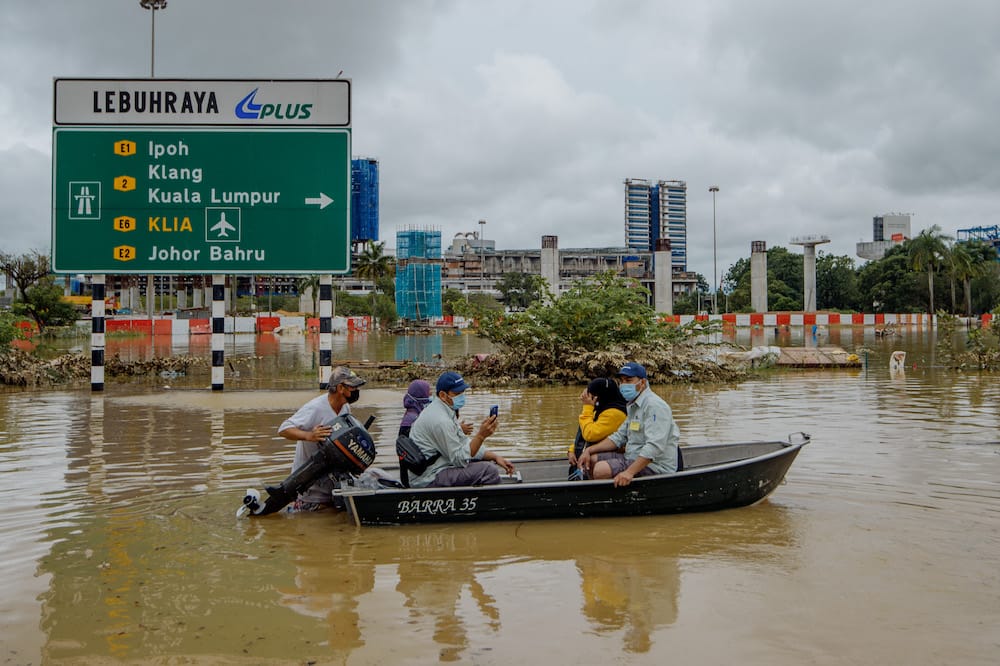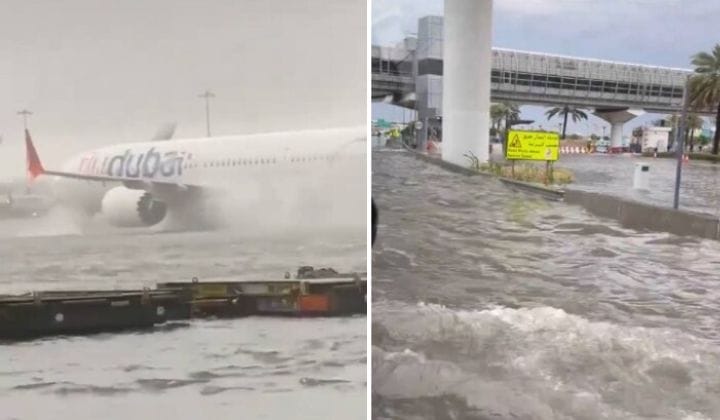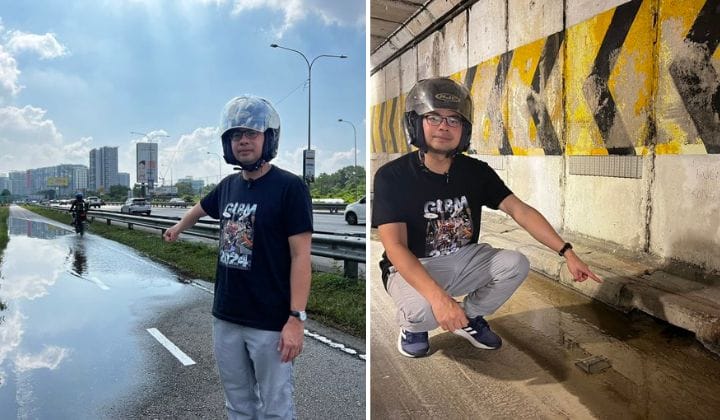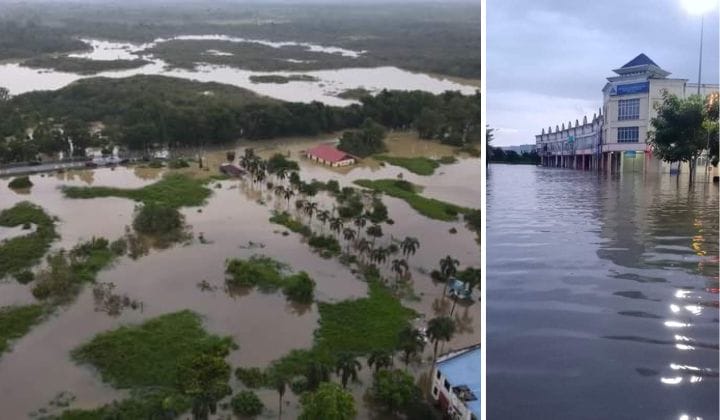KL Would’ve Sunk Further If It Wasn’t For The Smart Tunnel, Says Water And Environment Ministry
5 million cubic meters of water was successfully diverted by Smart Tunnel, says KASA top brass.

Subscribe to our Telegram channel for the latest stories and updates.
Floods in Klang Valley could’ve been a lot worse if it wasn’t for the Stormwater Management and Road Tunnel (Smart).
A total of five million cubic meters (5 billion litres) of floodwater was successfully diverted from entering Kuala Lumpur using the storm drainage and road tunnel yesterday.
To put things in perspective, a standard Olympic-sized swimming pool measuring 50m long and 25m wide, contains a ‘mere’ 2.5 million litres of water.
Water and Environment Ministry (KASA) secretary-general Datuk Seri Ir Dr Zaini Ujang, was quoted by Sinar Harian as saying that flood-stricken Klang Valley would have been worse off without it.

SMART diversion has been activated until mode 4 at 7.45 pm on 18 December until 12.00 noon today. The diversion has since been downgraded to mode 1 with as many as five million cubic meters of water successfully diverted since yesterday.
Datuk Seri Ir Dr Zaini Ujang on floodwater diversion via Smart Tunnel
He said the Department of Irrigation and Drainage (JPS) has activated flood diversion in an effort to reduce the impact of floods.
Zaini added that it was the first time the diversion process was carried out for more than three hours ever since the Smart Tunnel – the world’s first stormwater tunnel with a built-in motorway – was completed in 2007.
This is a new record for JPS’s Smart Control Center. In the previous mode 4 operations on eight different occasions since 2007, each recorded less than three hours of diversion operation.
Datuk Seri Ir Dr Zaini Ujang on the new milestone for Smart Tunnel
He explained that the water of the Klang river would have entered Kuala Lumpur at Masjid Jamek if there were no diversion.
Imagine if there are another five million cubic meters that are not diverted. If you do the calculations, Kuala Lumpur would have sink.
Datuk Seri Ir Dr Zaini Ujang on Smart Tunnel averting a disaster for city folks.
READ MORE: Ministers’ Visit To Flood-Affected Areas Draws Criticism Online

A Mega Project
The Smart Tunnel is touted as among the world’s greatest tunnels and had even been featured on National Geographic.
It was built by MMC Corp in a joint venture with Gamuda to mitigate the recurring floods in the city of Kuala Lumpur, the financial, business and commercial hub of Malaysia.
Opened in 2007, the Smart Tunnel functions by diverting floodwater into the bypass tunnel in the lower channel of its motorway tunnel.
At 9.7 km long, the government-owned tunnel is the longest stormwater tunnel in South East Asia and the second-longest in Asia.
Construction of the tunnel started in November 2003 and cost RM1. 887bn (US$514.6m).
But so much trouble in the first place? Are there no other options to alleviate floods?
As it is, the Smart Tunnel project culminated from decades of flood mitigation planning after the devastating 1972 Kuala Lumpur floods.
READ MORE: Major Flood Once Every 50 Years: How The Recent Flood Stacks Up Against Previous Catastrophes
Epic White Elephant?
Whenever there are flash floods in the city, the Smart Tunnel inevitably comes to people’s minds.
Given what it’s supposed to do, the jury is still out there if the Smart Tunnel had been worth the while.
It has been criticised for failing to reduce flash floods in the city. Among the complaints over the years is that the Smart Tunnel had been slow to react.
The public had taken to social media countless times to voice their unhappiness with the Smart Tunnel.
The recent flash floods that devasted Klang Valley – said to be the worst ever recorded in decades – proved again that we must have missed something.
In its defence, the government said poor drainage systems are to blame for the recurring flash floods.
Share your thoughts with us via TRP’s Facebook, Twitter, and Instagram.








